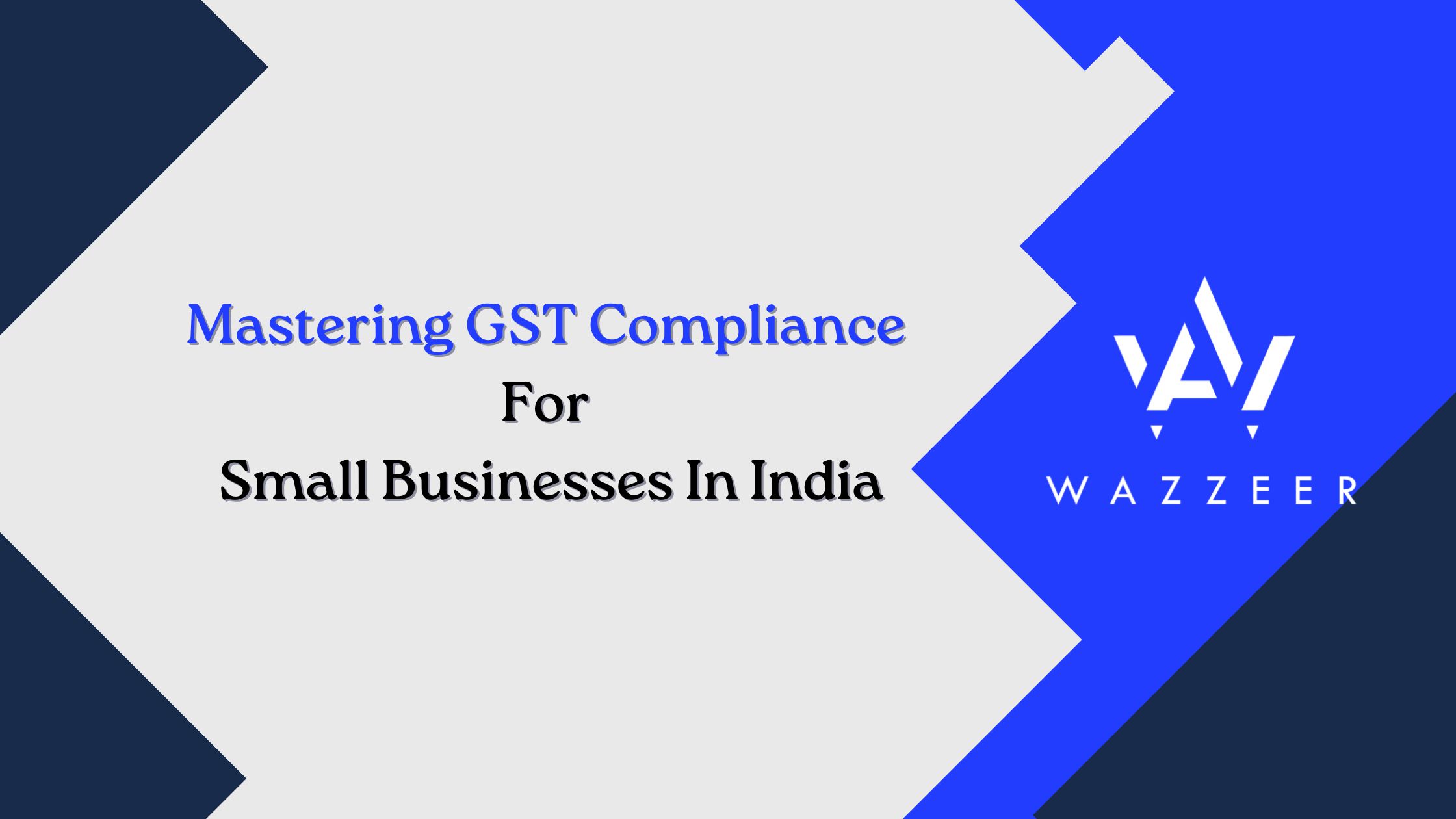In the dynamic landscape of Indian taxation, the Goods and Services Tax (GST) has emerged as a crucial reform aimed at simplifying and streamlining the indirect tax structure. For small businesses, navigating GST compliance can be a difficult task, yet it is essential for legal and financial health. This blog will explore the basics of GST, the common challenges faced by small businesses, and practical tips for ensuring compliance, alongside recent updates in GST regulations.
Understanding GST: A Brief Overview
GST is a comprehensive, multi-stage, destination-based tax that is levied on every value addition. Introduced on July 1, 2017, GST amalgamates various central and state taxes into a single tax, ensuring uniformity across the country. It is categorized into three main types:
- Central GST (CGST): Levied by the Central Government on intra-state supplies of goods and services.
- State GST (SGST): Levied by the State Government on intra-state supplies of goods and services.
- Integrated GST (IGST): Levied by the Central Government on inter-state supplies of goods and services and imports.
Common Challenges Faced by Small Businesses
While GST aims to simplify the tax regime, small businesses often encounter several challenges:
- Complex Registration Process: The GST registration process, though streamlined online, can be cumbersome for small businesses. Understanding the threshold limits, filling out various forms, and submitting the correct documents can be overwhelming.
- Compliance Burden: GST compliance involves timely filing of monthly, quarterly, and annual returns. Small businesses often struggle with the administrative burden, especially those lacking dedicated accounting staff.
- Technological Adaptation: Transitioning to digital platforms for GST filing and compliance can be a hurdle for small businesses, particularly in rural or semi-urban areas where digital literacy may be low.
- Cash Flow Management: GST mandates that taxes are paid at the time of invoice issuance, not receipt of payment. This can strain cash flows, particularly for small businesses that operate on thin margins and face delays in receiving payments.
- Frequent Changes and Updates: The GST framework is subject to frequent amendments, which can be challenging for small businesses to keep up with. Staying updated on the latest changes requires constant vigilance and understanding.
Tips for Ensuring GST Compliance
Despite these challenges, there are several strategies that small businesses can adopt to navigate GST compliance effectively:
- Understand the Basics: Invest time in understanding the fundamental concepts of GST. This includes the different types of GST, the registration process, return filing procedures, and the penalties for non-compliance.
- Leverage Technology: Utilise GST software and online tools designed to simplify the compliance process. These tools can help in accurate invoicing, return filing, and maintaining records, reducing the manual workload.
- Stay Updated: Regularly check updates from the GST Council and other authoritative sources. Subscribing to newsletters, attending webinars, and joining relevant industry forums can help in staying informed about the latest changes and compliance requirements.
- Maintain Proper Documentation: Keeping meticulous records of all transactions, invoices, and GST returns is crucial. Proper documentation not only aids in compliance but also in facing any audits or scrutiny from tax authorities.
- Plan for Cash Flows: Develop a robust cash flow management strategy. This includes setting aside funds for GST payments and planning for potential delays in receivables to avoid liquidity issues.
- Seek Professional Help: Engaging with legal, accounting, and compliance experts can provide invaluable guidance. You can see how daunting it is to file for GST on your own. Hence, we at Wazzeer , offer comprehensive services to assist small businesses in managing their GST compliance efficiently.
Recent Updates in GST Regulations
The GST regime in India is continually evolving. Some recent updates that small businesses should be aware of include:
- E-Invoicing Mandate: The threshold for mandatory e-invoicing has been reduced. As of April 1, 2022, businesses with a turnover of over ₹20 crore are required to generate e-invoices for B2B transactions. This threshold is likely to be further reduced, making it essential for small businesses to be prepared.
- Changes in GST Rates: Periodically, the GST Council revises the tax rates for various goods and services. Staying informed about these changes is crucial for accurate invoicing and compliance.
- Simplification of Annual Return Filing: The filing process for annual returns has been simplified, particularly for small taxpayers. The government has waived the requirement for filing the reconciliation statement in Form GSTR-9C for businesses with a turnover up to ₹5 crore.
(However, I advice to cross check these updates for latest changes)
Conclusion
Navigating the complexities of GST compliance can be challenging for small businesses in India. However, with a clear understanding of the basics, strategic use of technology, staying updated on regulatory changes, and seeking professional guidance, businesses can manage their GST obligations effectively. At Wazzeer, we are committed to providing smart solutions for GST compliance needs, helping small businesses thrive in the ever-evolving tax landscape.
